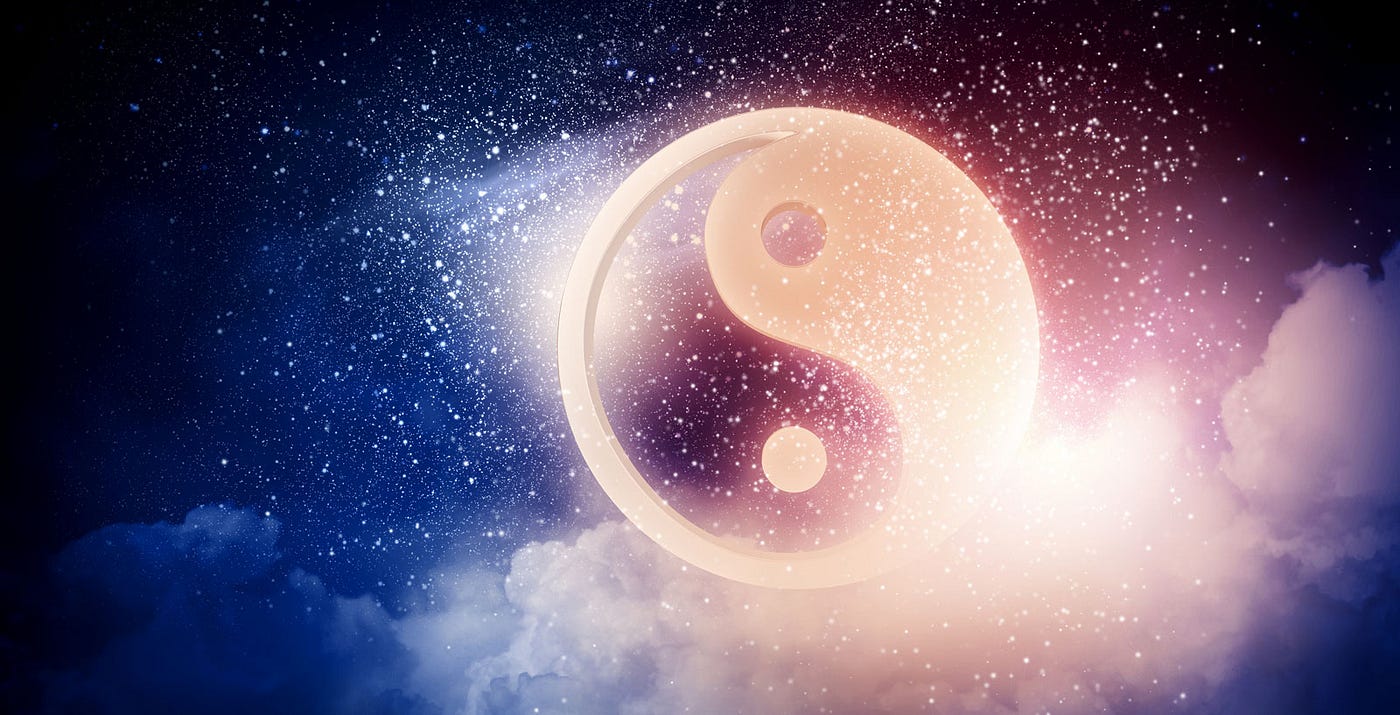Yin and Yang: A Psychological Map for Inner Balance
May 30, 2025

Understanding your emotional rhythm can change everything
We live in a culture that loves clarity. We like labels — anxious or calm, introvert or extrovert, rational or emotional. But the truth of our inner life is rarely that binary. We are not machines with fixed settings. We are dynamic systems, constantly moving between poles.
This is something Eastern philosophy understood a long time ago.
The yin-yang model — often misunderstood as a mystical abstraction — offers a deeply practical insight: opposites not only coexist, they need each other. Rest makes action meaningful. Vulnerability gives strength its depth. It’s not either/or. It’s both.
And this isn’t just philosophical. It’s psychological.
Your Mental Patterns Follow a Rhythm
In therapy, I often see people stuck at one end of a polarity. Some are always “on” — alert, overthinking, doing. Others are “off” — tired, avoidant, emotionally flat. Neither is wrong. But when the rhythm breaks, we suffer.
We burn out. We disconnect. We lose clarity.
That’s where the idea of yin and yang becomes powerful. Not as dogma, but as a lens. It teaches us this:
When you feel stuck, don’t ask what’s wrong — ask what’s missing.
Are you all intensity and no softness? All structure and no space?
Too much yin, and life becomes heavy. Too much yang, and it becomes brittle.
Balance doesn’t mean perfect stillness. It means knowing how to return to centre.
Jung once said, “There is no coming to consciousness without pain.”
But much of that pain comes from fighting with parts of ourselves — rejecting our softness, silencing our anger, denying our needs.
The yin-yang principle offers a wiser path: don’t reject your extremes. Listen to them.
Let them speak, then help them find rhythm.
- If you’re burned out, perhaps you’ve neglected your yin: rest, reflection, being.
- If you feel stuck, maybe you’ve forgotten your yang: direction, fire, forward motion.
When opposites stop fighting and start dancing, you move forward.
Not perfectly. But with momentum, and a little more peace.
You Are Not Just One Thing
We crave clarity about who we are. But clarity doesn’t always come from choosing one identity.
It comes from recognising the full range of who you are.
You can be strong and scared. Calm and ambitious. Quiet and powerful.
Opposites don’t cancel each other out — they complete each other.
The yin-yang symbol contains a beautiful truth: even in the white, there’s a dot of black. Even in the dark, a seed of light. That’s not a flaw. That’s your design.
So, What’s the Takeaway?
Start noticing your rhythms. Your swings between energy and stillness, connection and solitude, focus and rest. These aren’t signs of inconsistency. They’re clues.
Learn when to push, and when to pause. When to speak, and when to listen.
This is the art of living — and healing.
And it starts not with striving, but with awareness.
You don’t have to fix everything. Just start by honouring the rhythm you’ve been ignoring.


